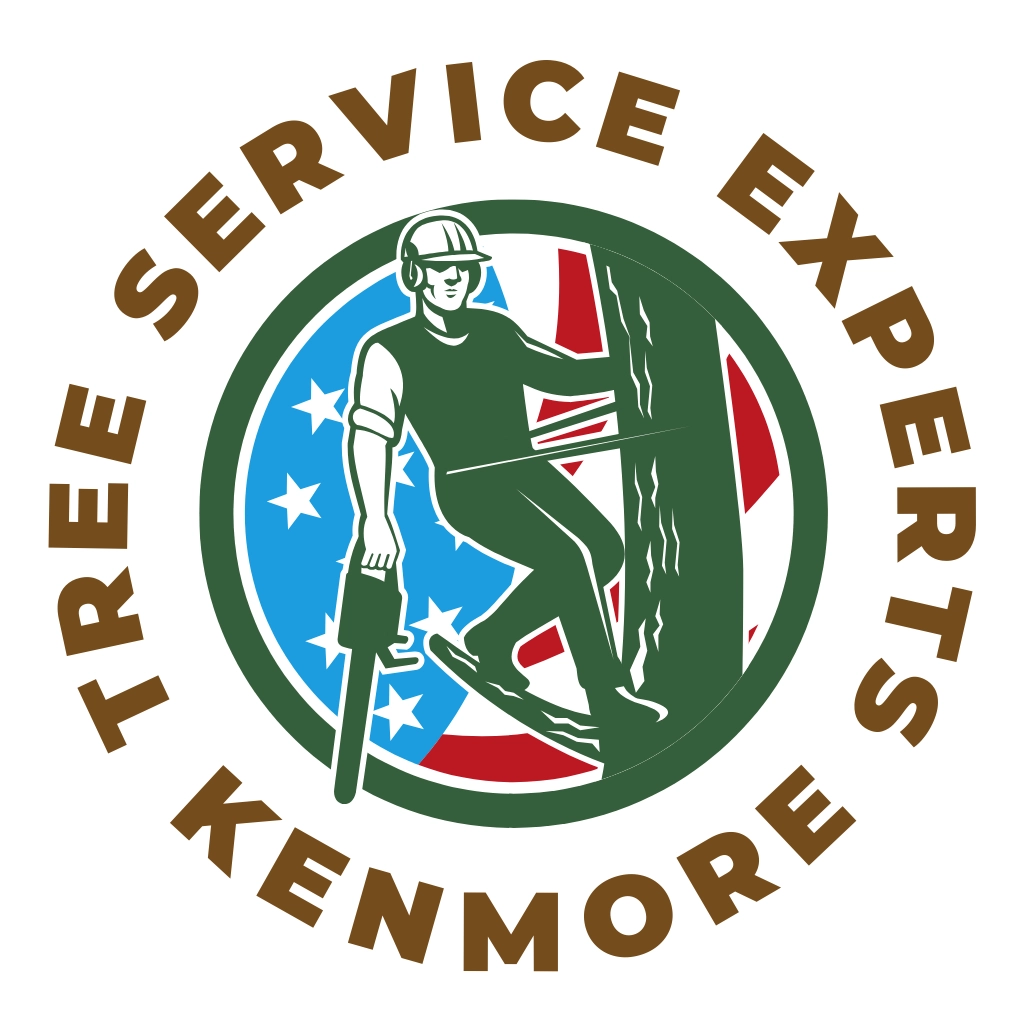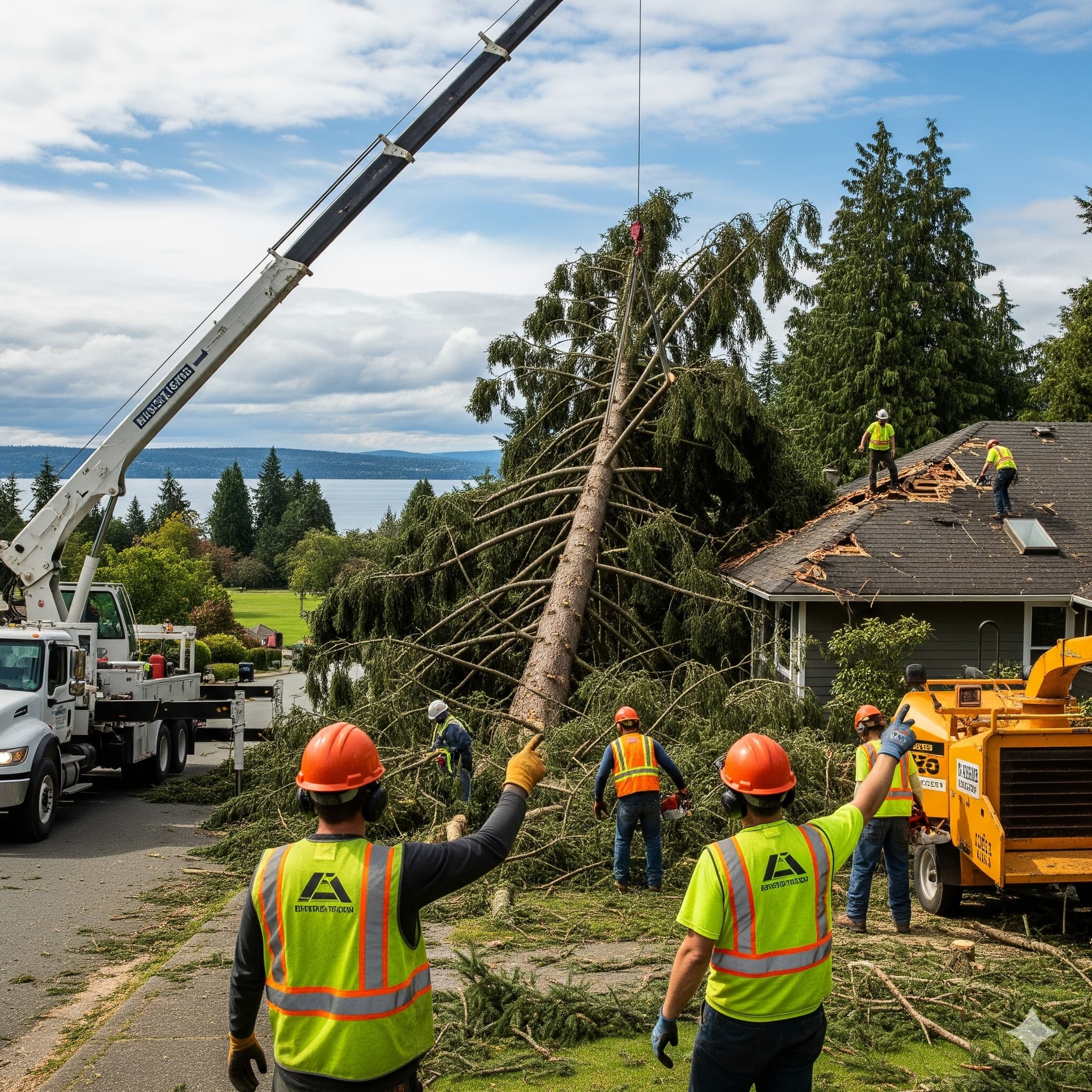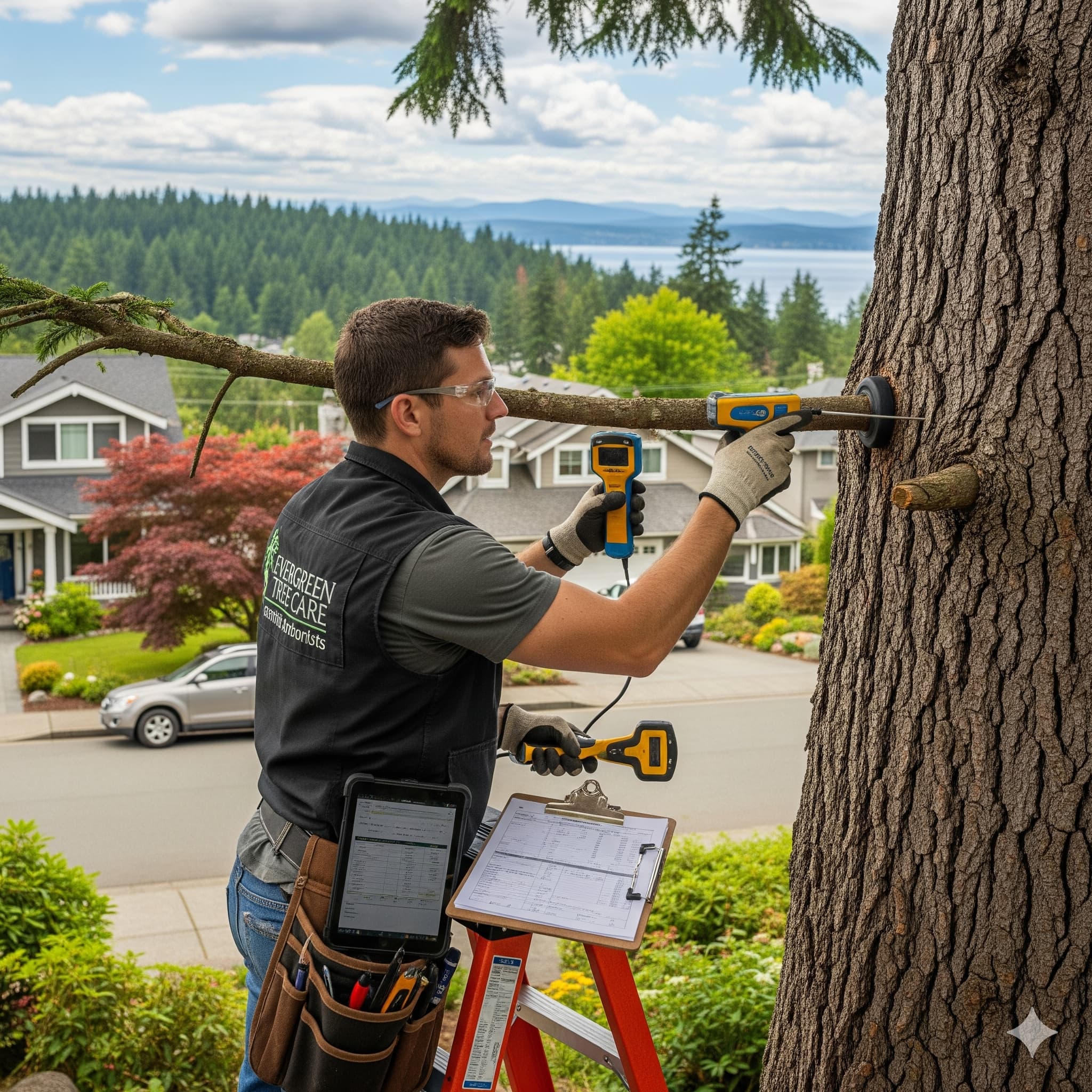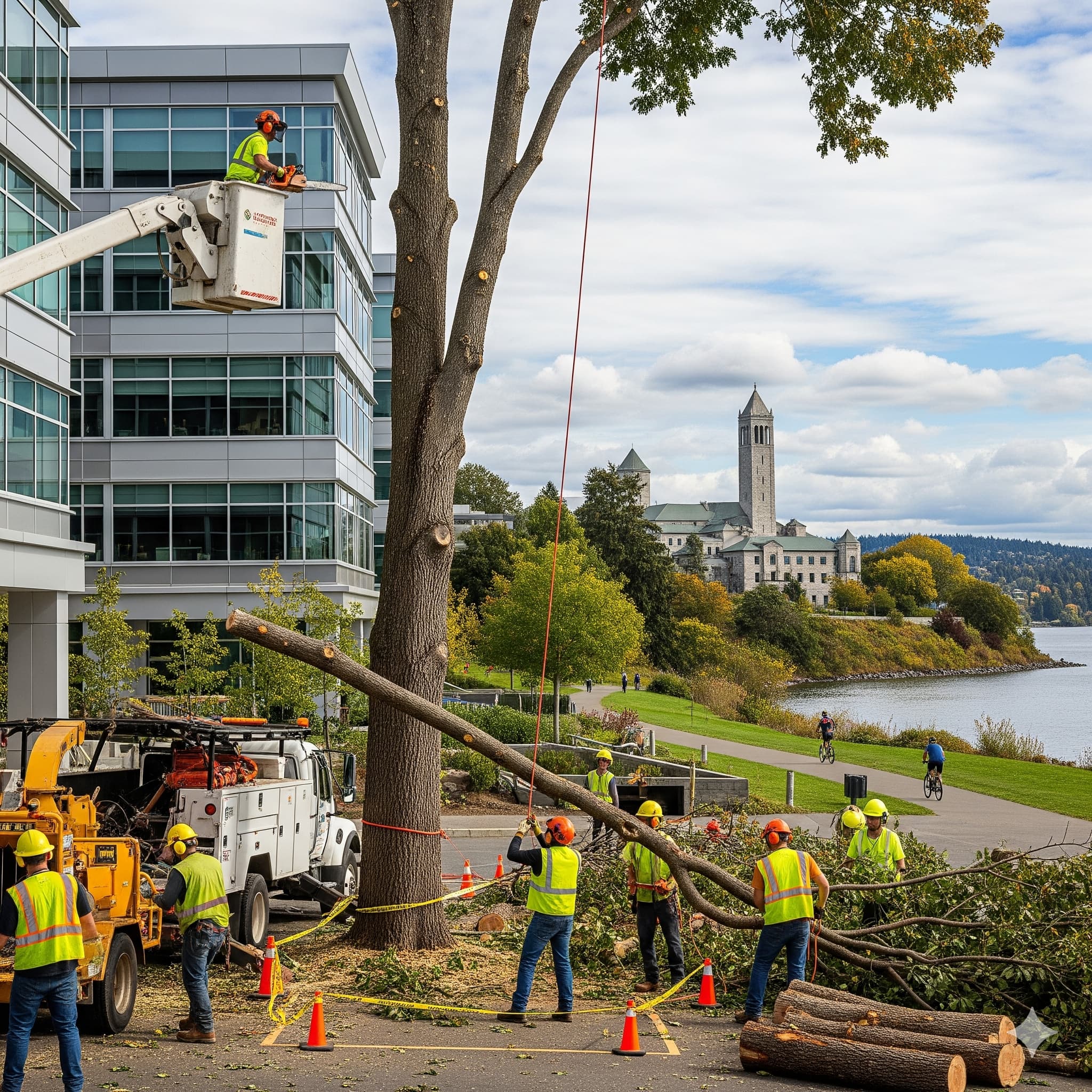
Storm Preparedness: Protecting Your Trees from Kenmore's Wild Weather
Protecting Your Trees from Kenmore's Wild Weather
Kenmore’s proximity to Lake Washington and the Puget Sound means we often experience strong winds and heavy rains, particularly during fall and winter storms. Preparing your trees for these weather events is crucial for their survival and the safety of your property. Here’s a comprehensive guide to storm-proofing your trees:
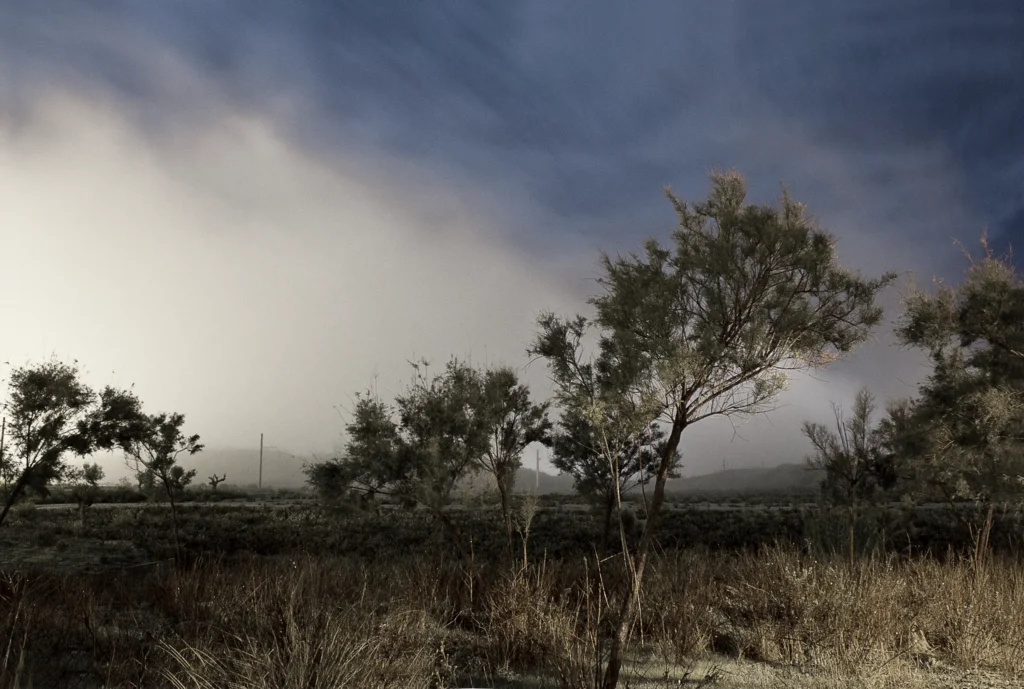
Regular pruning:
- Remove weak, dead, or damaged branches before storm season
- Thin the canopy to reduce wind resistance
- Ensure balanced growth to prevent lopsidedness
- Avoid topping trees, which can lead to weak, unstable growth
- Consider hiring a professional for large trees or those near structures
Structural support:
- Assess trees for weak branch unions or co-dominant stems
- Consider cabling or bracing for trees with structural issues
- Use flexible cable systems that allow for natural movement
- Install lightning protection systems for tall, isolated trees
- Have supports installed and inspected by certified arborists
Proper hydration:
- Maintain consistent soil moisture, especially during dry periods
- Drought-stressed trees are more susceptible to storm damage
- Use mulch to retain soil moisture and regulate temperature
- Consider installing a drip irrigation system for efficient watering
- Adjust watering based on rainfall and tree species requirements
Wind-resistant planting:
- Choose native species adapted to local wind conditions
- Plant trees in groups to provide mutual wind protection
- Consider the mature size and root spread when selecting planting locations
- Avoid planting large trees too close to structures or power lines
- For exposed areas, consider wind-resistant species like Shore Pine or Garry Oak
Regular professional assessments:
- Schedule annual inspections with a certified arborist
- Identify potential hazards before they become emergencies
- Assess soil conditions, root health, and overall tree vitality
- Develop a long-term care plan tailored to your property and tree species
- Address any signs of disease or pest infestation promptly
Emergency preparedness:
- Have a plan in place for post-storm cleanup
- Keep the contact information for a 24/7 emergency tree service handy
- Know how to safely assess tree damage after a storm
- Be aware of the signs that indicate a tree may be a fall hazard
- Understand your homeowner’s insurance coverage for tree-related damage
Root care:
- Avoid compacting soil around trees, which can damage roots and reduce stability
- Protect roots from construction damage
- Consider air spading or vertical mulching to improve soil aeration for stressed trees
- Maintain a healthy soil pH and nutrient balance through regular testing and appropriate amendments
By implementing these strategies, you can significantly reduce the risk of tree failure during Kenmore’s stormy weather. Remember, while DIY care is important, some tasks are best left to professionals. Our team of certified arborists is always available to assess your trees and provide expert advice on storm preparedness.
